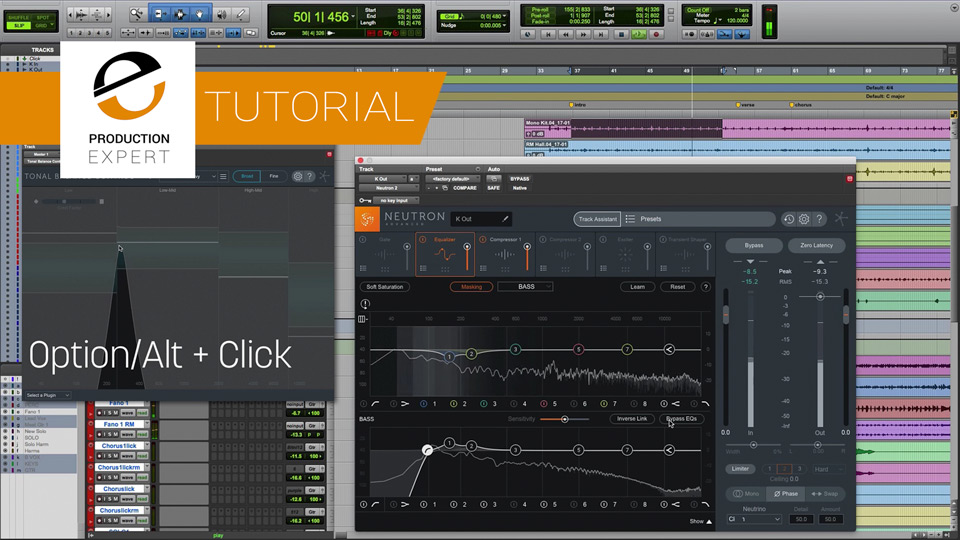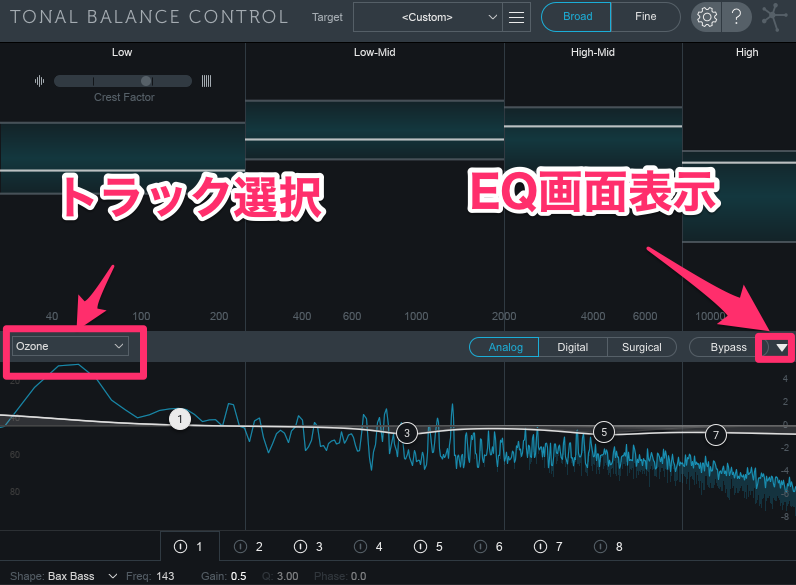

We can, however, address that third issue with some concrete tips and tricks-giving you the tools you need to accrue experience in managing low end.

Now, we here at iZotope can’t come over to your place and treat your room for you likewise, while I’d love to donate a pair of excellent full range monitors to everyone who asked for them, that too is impossible. Yes, it takes time to learn how to identify low-end issues, to tell them apart from your room and monitoring issues, and to find practical, actionable solutions. The third factor is experience, or a lack thereof. Another factor compounding the issue is monitoring, especially in project studios nearfield monitors, often utilized in home-based mixing rooms, tend to taper off below a bass-hound’s favorite frequencies subwoofers are untenable in certain situations (ones involving neighbors, often) and cans tend to over-exaggerate the lows, leading to a cure that might be worse than the disease.

For one, imperfect rooms treat low-end information imperfectly-and many rooms are imperfect. In this free video tutorial, iZotope product specialist Geoff Manchester walks you through some techniques to help you manage low end in a mix.Īt some point, every engineer has had difficulty taming the beast that is low end. No matter what genre you're mixing, you've probably encountered an unruly low end that can mess up the whole mix.


 0 kommentar(er)
0 kommentar(er)
